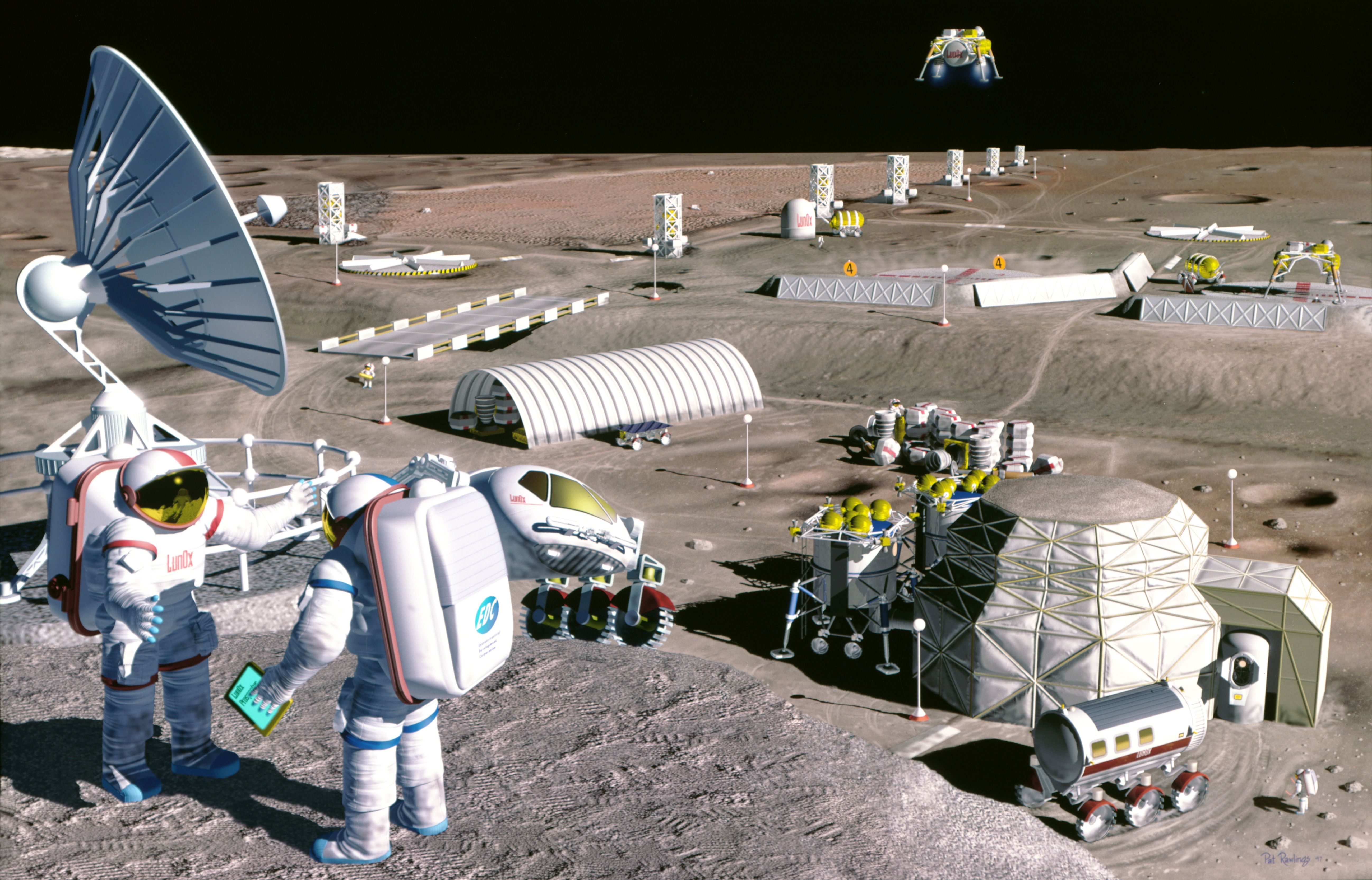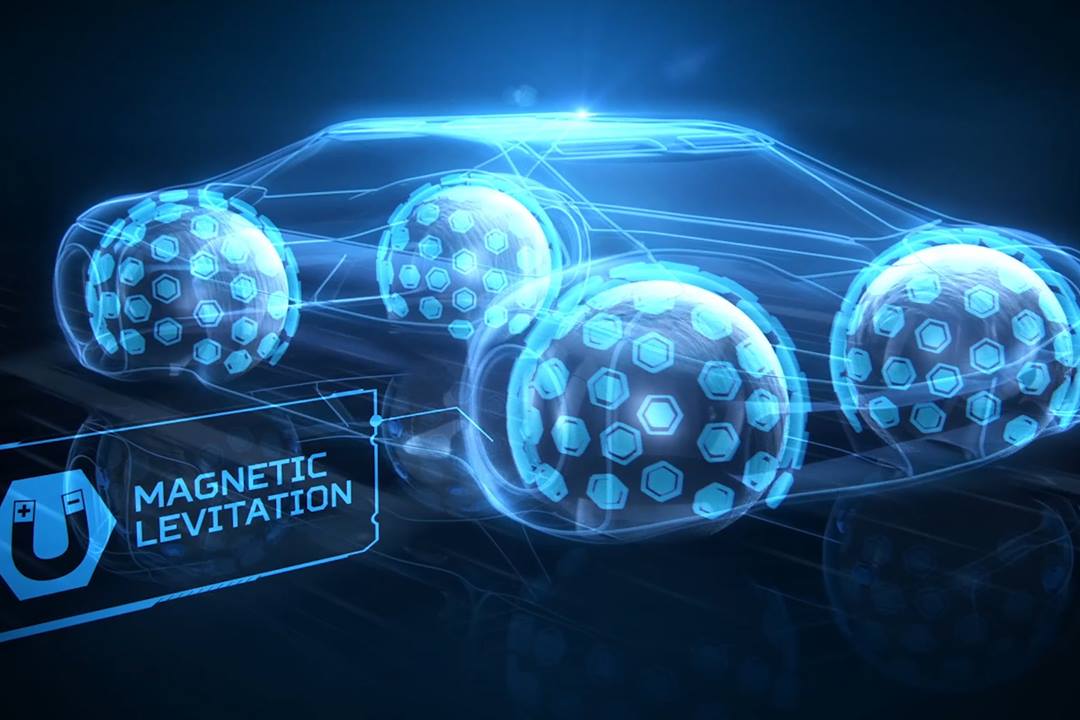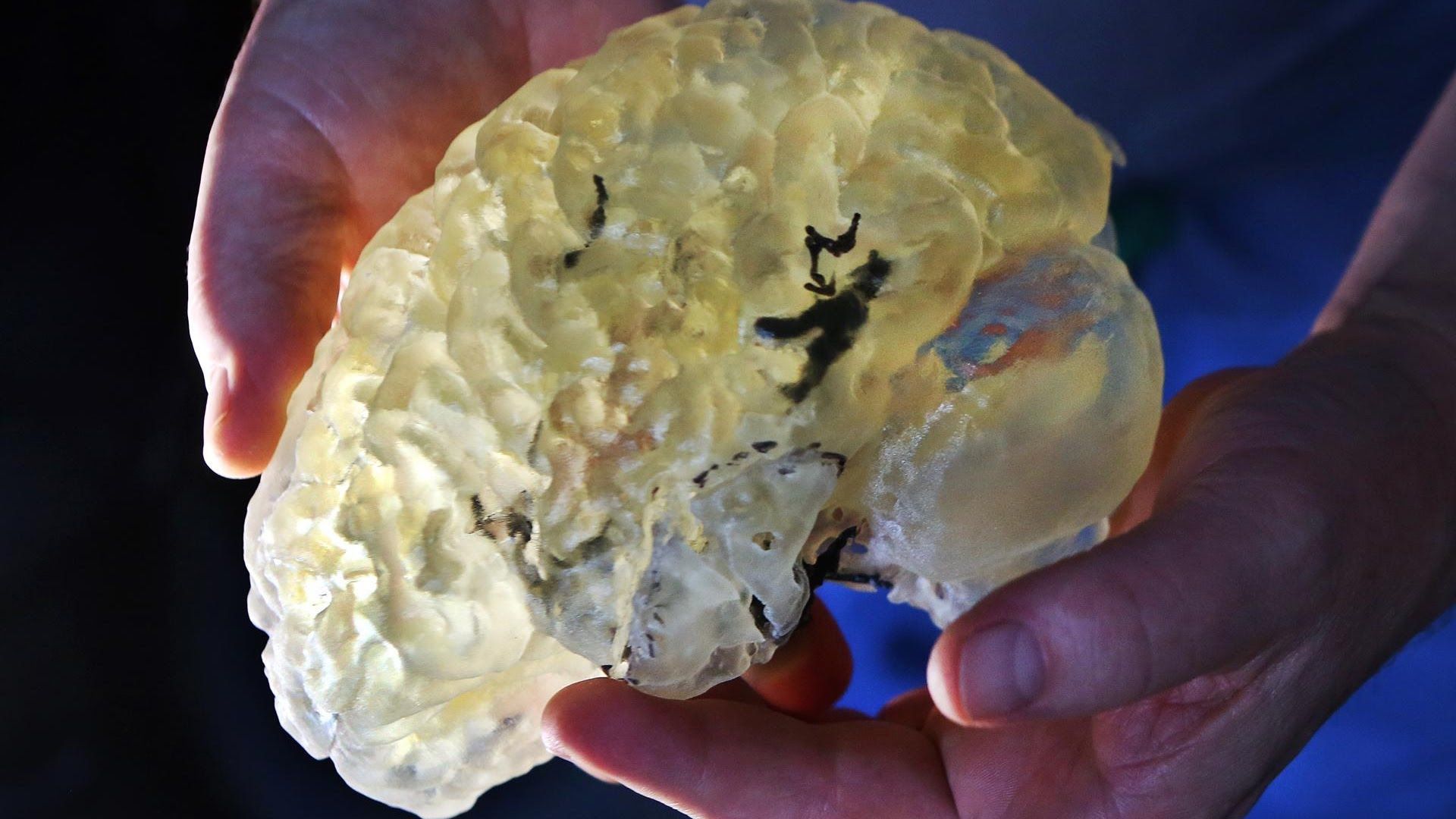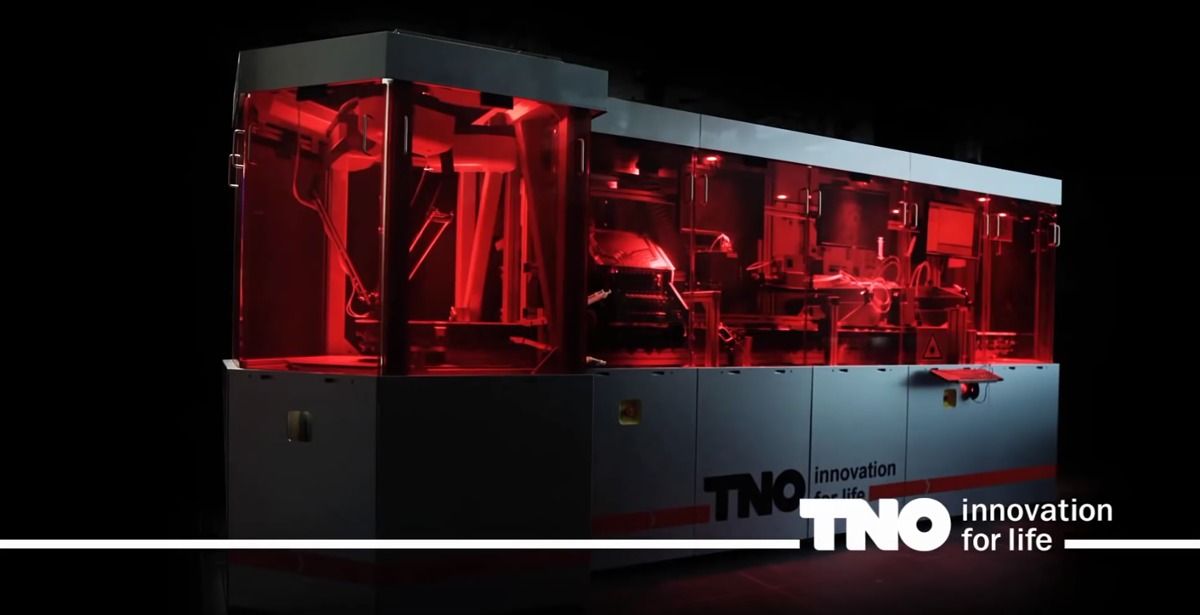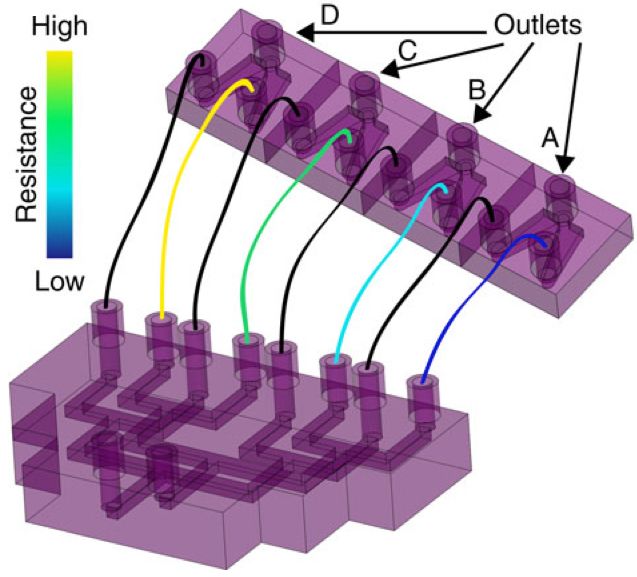YES PLEASE.
It’s 7.5 times lighter than air, and a cubic metre of the stuff weighs just 160 grams. It’s 12 percent lighter than the second lightest material in the world – aerographite – and you can balance a few cubic centimetres of the stuff on a dandelion head. Water is about 1,000 times as dense.
Yep, graphene aerogel is about as cool as it gets. And while silica aerogel (pictured above) is the most commonly used and studied type of aerogel, as of 2013, graphene aerogel has held the record of being the lightest material on Earth. And producing it is about to get a whole lot easier because scientists have just figured out how to 3D print it.
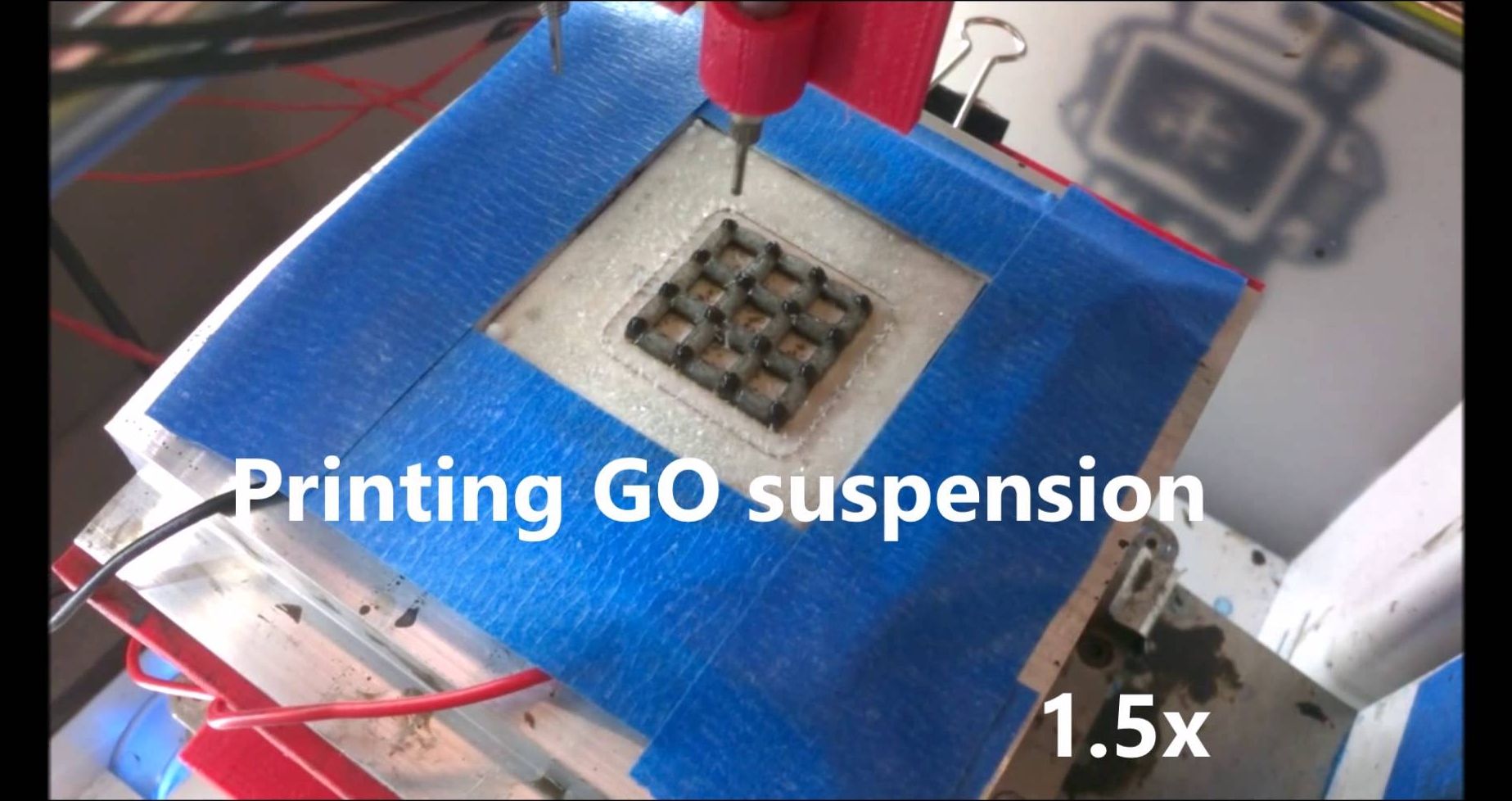
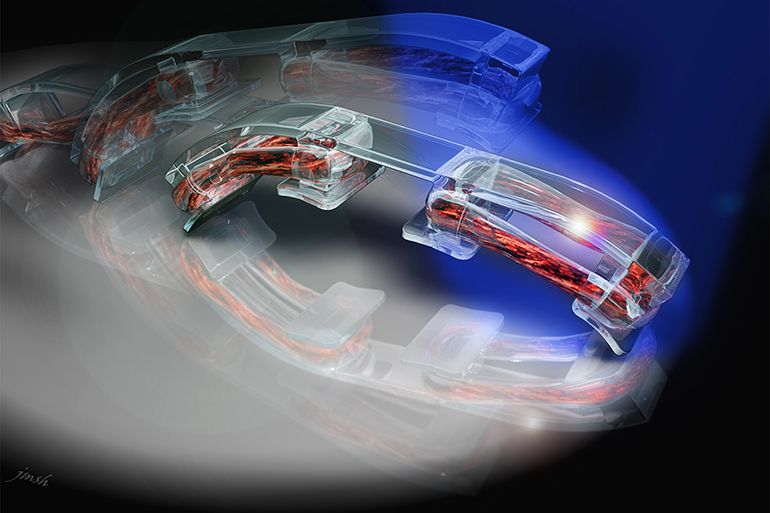
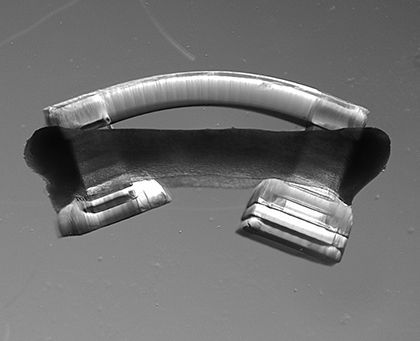 The optogenetic technique published in Proceedings of the National Academy of Sciences relies on genetically engineered mouse muscle cells that were made to contract in response to blue light. Rings of these cells were placed around a 3D printed flexible rods of different lengths between two and seven millimeters. When light was illuminated over the mechanism, the biobots contracted and walked in a certain direction. Various lengths and configurations were tried to achieve the best walking results. Moreover, the researchers were able to change the direction of the walking bio-bot.
The optogenetic technique published in Proceedings of the National Academy of Sciences relies on genetically engineered mouse muscle cells that were made to contract in response to blue light. Rings of these cells were placed around a 3D printed flexible rods of different lengths between two and seven millimeters. When light was illuminated over the mechanism, the biobots contracted and walked in a certain direction. Various lengths and configurations were tried to achieve the best walking results. Moreover, the researchers were able to change the direction of the walking bio-bot.